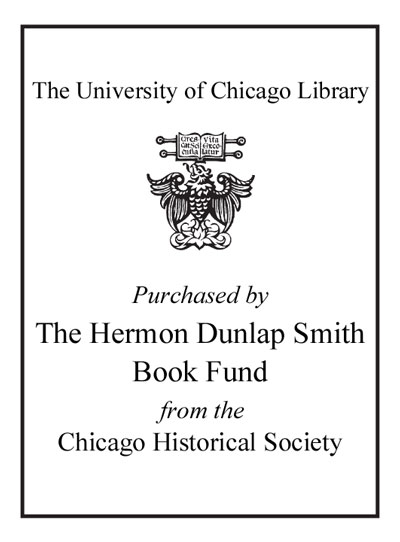Review by Choice Review
Numerous studies have focused on the importance of place in American art and the role of art colonies. New England's many art colonies and those of the Southwest have been the subject of exhibitions. This impressive, extensive, well-written, and handsomely produced exhibition catalog by Shields (curator, Crocker Art Museum, Sacramento) admirably fills the lacuna about the Monterey Peninsula Art Colony. The foggy, cold, and frequently barren-looking landscape inspired distinctive pictures. Shields understands that these images offer more than a record of a specific geographical place; they convey a deeply felt need for physical, psychological, and spiritual respites from San Francisco's burgeoning and sordid urbanism. They also represent a calculated rejection of the grand monumental views and nationalistic ambitions inspired by Yosemite and Yellowstone. Shields first discusses the role of Frenchman Jules Tavernier in establishing a bohemian presence in Monterey and in depicting its quiet, melancholic atmosphere and Spanish colonial origins. Subsequent chapters discuss artists who epitomize such stylistic and philosophical approaches to the landscape as tonalism and transcendentalism, nocturnes and nostalgia for a lost past, Art Nouveau and freedom, Impressionism and preservation of Californian heritage, and symbolism and mysticism. A thorough biographical section discusses lesser-known members. Extensive footnotes. ^BSumming Up: Highly recommended. General readers; lower-division undergraduates through faculty. J. Simon University of Georgia
Copyright American Library Association, used with permission.
Review by Choice Review

